You can buy cold brew coffee at so many coffee shops now. Though you’re probably better off making it at home with this one extra step.
Ice coffee tastes so good with Asian food much like Vietnamese lemon soda, Riesling, or even this wine.
Better yet, it’s so easy to make with the cold brew method.
Iced Coffee vs. Cold Brew
Iced coffee is made by brewing an extra strength batch of hot coffee and pouring it over ice.
Alternatively, you can chill hot coffee in the refrigerator.
With cold brew, you trade heat for time by allowing room temperature water to steep with coffee grounds.
Difference in taste?
Hot water brings out the acid in coffee.
With cold brew, the coffee is described as sweet and round.
Does acidity make a difference?
The acid that comes out of coffee is often described as “bright” and is a treasured characteristic of the highest priced coffee in the world.
Bright acidity is fawned over.
The acid becomes even more pronounced in traditionally brewed coffee when it is allowed to cool.
The lack of acidity in cold-brew keeps sweet. Others, however, call it flat and one note.
Either, way the technique for making cold brew is not terribly difficult and worth trying to compare the difference.
3 Reasons to make cold brew:
- It has lower acid.
- It is sweeter.
- It is very easy.
3 Reasons NOT to make cold brew:
- It has less caffeine than hot brewed coffee.
- It has less acid and can taste muddy.
- It takes at least 12 hours.
Cold brew coffee history
Cold brew coffee’s popularity has skyrocketed in the last decade, much like Greek yogurt.
It used to be that you could only find it at boutique coffee shops such as Blue Bottle Coffee in San Francisco, CA.
Then Starbucks caught on, and cold brew now appears to be the de facto cold coffee of choice.
Invented by the Japanese?
The first record of cold brew coffee comes from the Japanese in the 1600s.
Others say they actually learned the technique from inbound Dutch sailors, who needed a way to stay caffeinated while at sea.
However, the Japanese had also been cold-brewing tea, so it is not far fetched to think they would use the same technique on coffee.
Kyoto Drip Cold Brew Coffee
The Japanese have turned cold brewing into an art form where the coffee dripped, drop by drop, with the help of high priced machines that look like they could tell time. (see above)
Does this drop by drop method make a difference?
Yes. The machines capture the acidity that most cold brews do not.
The result is a more nuanced coffee tinged with bright acid notes.
But if you don’t have the expensive machine, then the easy alternative is to soak the coffee with water, as we’ll do here.
What is the ratio of coffee to water?
Here we use a simple 1 part coffee to 4 parts water.
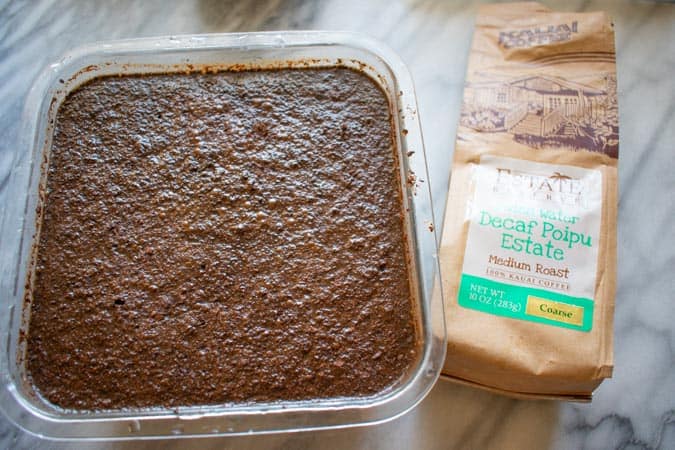
Coarse ground swiss water processed decaf coffee from Kauai Coffee is steeped with water overnight for cold brew coffee.
How long do you steep cold-brew for?
Estimates range from 6-20 hours.
Starbucks steeps theirs for 20 hours. We do it overnight or at least 12 hours.
After steeping, the mixture will need to be strained twice.
- First through a fine mesh sieve to remove the coffee grounds.
- Second, through a coffee filter to remove the fine sediment.
The Simple Extra Step
Once the coffee is strained, make coffee ice cubes.
This will keep the beverage cold and won’t dilute the coffee as the ice melts.
The only caveat is that you do have to wait for the cubes to freeze.
However, with the overnight steeping, you’ve already been waiting a long while for cold coffee.
Just wait a little longer….
Sweeten with sweetener of choice. Agave is pictured below.
Top with a couple dollops of coconut cream, spooned straight from the can. No judgment.
Tips to make it better @home
- Ideally you would steep the coffee in the fridge, so it’s already cold. But you could technically steep at room temperature if you don’t have space in your fridge.
- Make your own coffee ice cubes to avoid dilution with water from regular ice cubes.
- To make even more or less coffee, the ratio is 1 part coffee grounds to 4 parts water.
- Add sweetener of choice: lakanto, honey, agave, coconut sugar etc.
- Keep up to 3 days. You could keep it longer without spoiling, but I always opt to consume quickly for freshness.
Other Coconut Cream Recipes
As we know, once you’ve opened that can of coconut cream, it must be used fairly quickly, probably within a week. Here are other recipes that use coconut cream:
Thai Black Rice Pudding: the Superfood you’re not eating
Healthy Dairy-Free Ambrosia Salad – with Persimmons
Thai Winged Bean Salad with Coco-nutty Dressing
Easiest Cold Brew Coffee Recipe
Ingredients
- 2 c coarse ground coffee
- 8 c water
- coconut cream
Instructions
- Pour water onto coffee grounds, mix well, and steep for 12-24 hours.
- Pour coffee through a fine mesh sieve. Strain again through a coffee filter placed inside the fine mesh sieve.
- Pour into a glass (with ice cubes if desired) and top with coconut cream.
Notes
- Ideally you would steep the coffee in the fridge, so it's already cold. But you could technically steep at room temperature if you don't have space in your fridge.
- Make your own coffee ice cubes to avoid dilution with water from regular ice cubes.
- To make even more or less coffee, the ratio is 1 part coffee grounds to 4 parts water.
- Add sweetener of choice: lakanto, honey, agave, coconut sugar etc.
- Keep up to 3 days. You could keep it longer without spoiling, but I always opt to consume quickly for freshness.
Nutrition
P.S. Do you crave caffeine in the morning, noon, and night? Please spread the Asian ♥ and share!
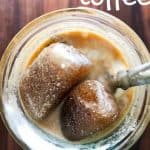
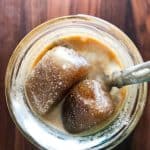
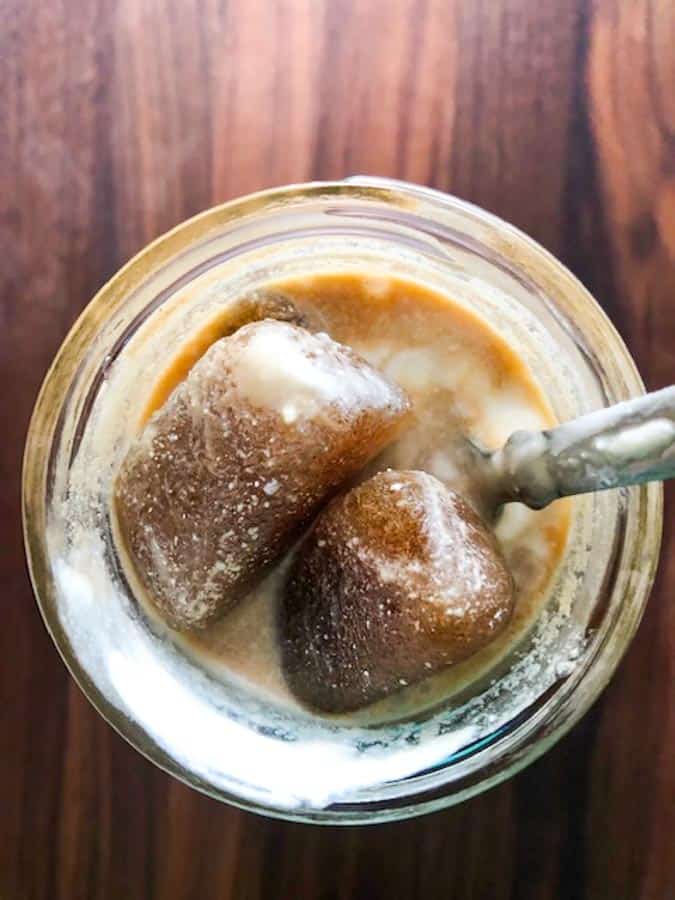
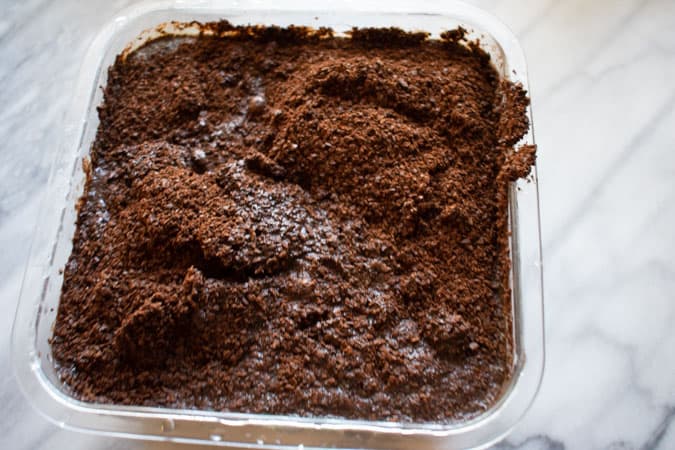
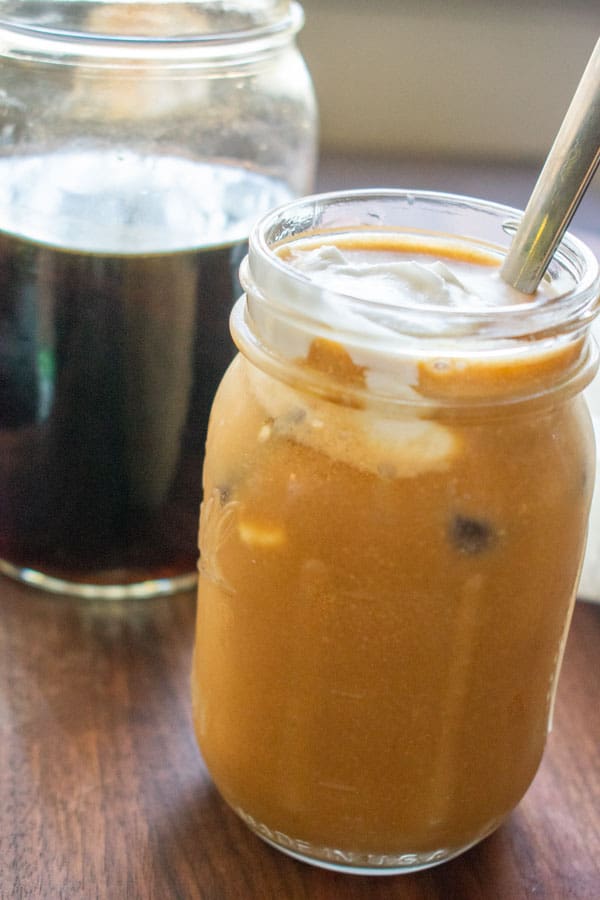
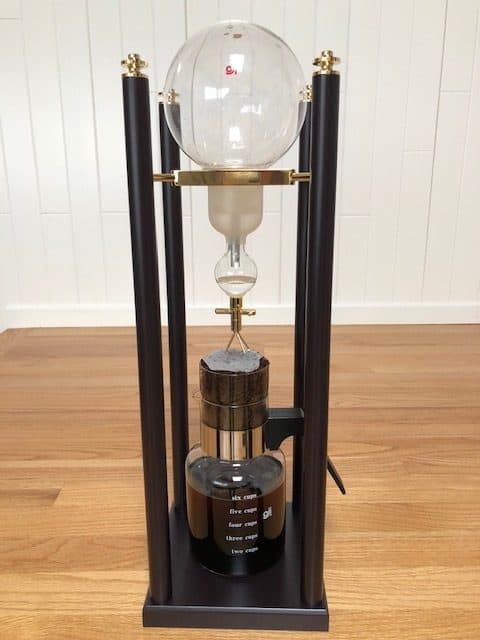
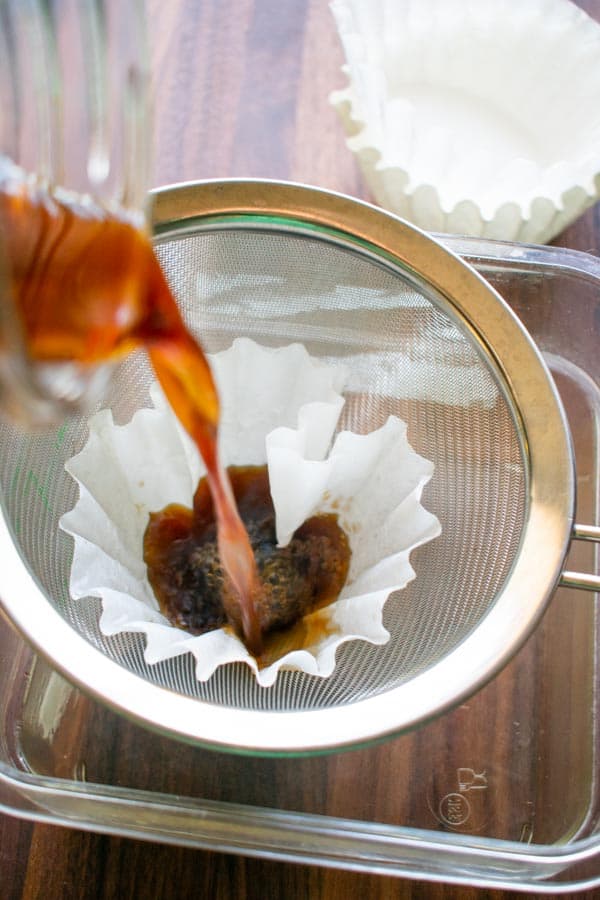
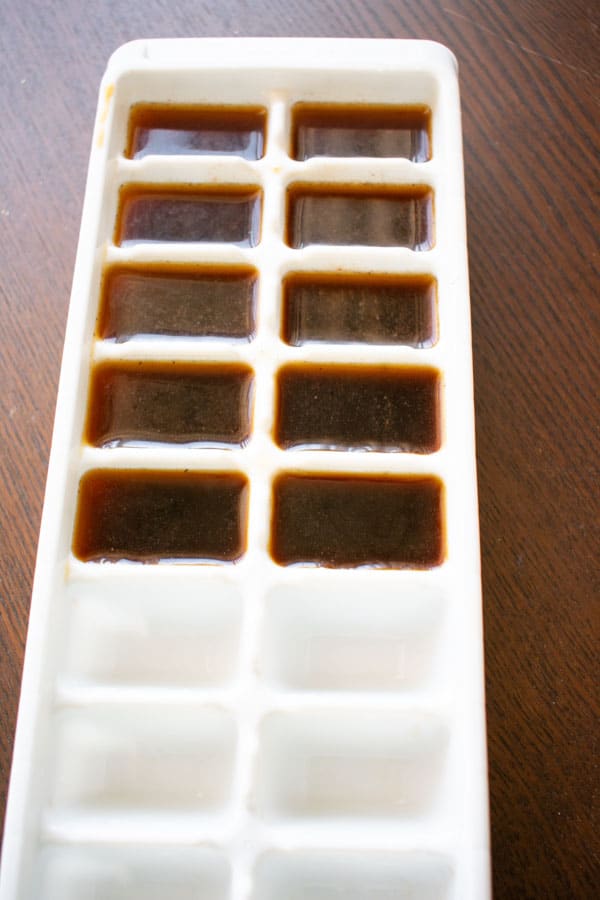
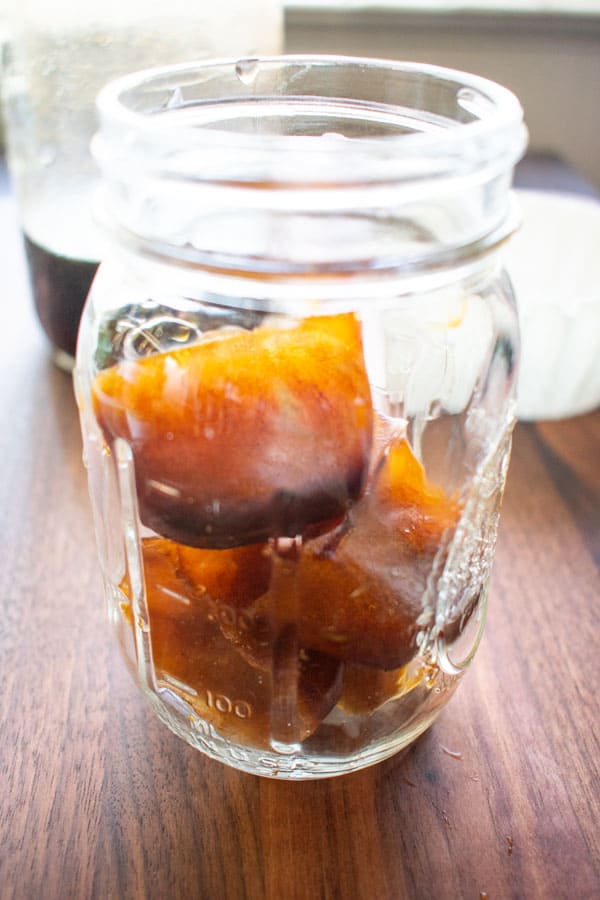

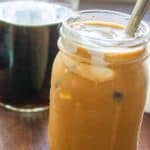

Leave a Reply